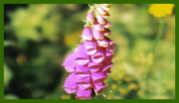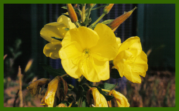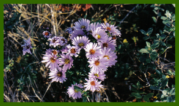Plants of the Park
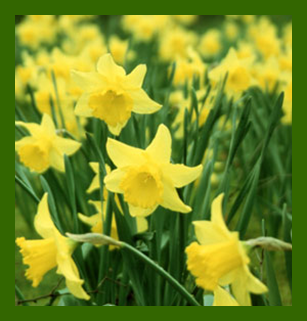
DAFFODILS
Narcissus is the family of which the Daffodil is one type. They have long been considered one of the heralds of spring. Planted in Autumn they spend several months developing roots before the flowers burst forth, usually in February. One of the most famous flowers, thanks to the works of William Wordsworth
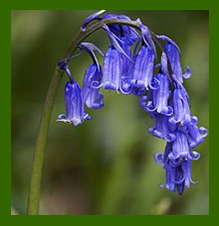
BLUEBELL
Hyacinthoides Non-scripta, commonly known as the Common Bluebell is a spring flowering bulbous perennial plant and should not be confused with the Scottish or Harebell. It flowers in April and May with lavender blue pendulous tubular petals.
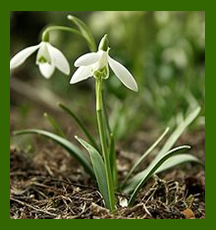
SNOWDROP
Galanthus mostly flower in the winter, mostly before the vernal Equinox (21st March in the Northern Hemisphere) but some species flower in early Spring and late Autumn. All are perennial, herbaceous plants which grow from bulbs.
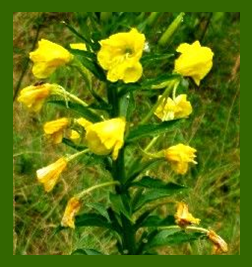
EVENING PRIMROSE
Oenothera is an annual, biennial and perennial herbaceous flowering plant. Young root can be eaten like a vegetable and the shoots can be eaten as a salad. It’s oil contains GLA and essential fatty acids and is used for it’s many medicinal properties.

FOXGLOVE
Digitalis Purpurea is a flowering plant in the family of Plant Aginaceae and is native to most of Europe. It is an herbaceous biennial with typically purple flowers. Digitialis has been used in many forms for the medication of the heart and more notoriously in some poisonings!
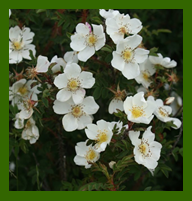
BURNET ROSE
Rosa Pimpinellifolie is a species of rose native to western, central and southern Europe and is generally restricted to sand dunes and so is typically a coastal distribution plant. It is native to the Key Park and we are encouraging its growth
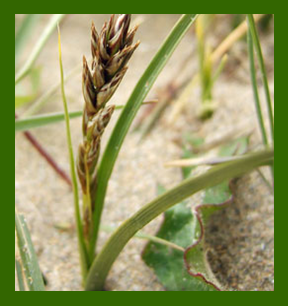
SAND SEDGE
Carex Arenaria is a common perennial which uses underground stems to spread. It is one of the first plants to colonise new or open sand dunes and is therefore native to the Key Park. It is a protected species.
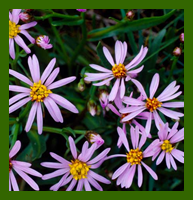
SEA ASTER
Aster Tripolium is a flowering plant which grows extensively on salt marshes and estuaries. It is a perennial plant but short lived herb flowers grow in clusters with pale mauve to white petals.
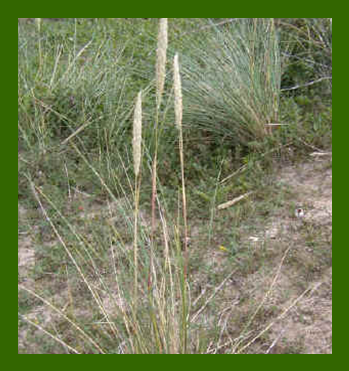
MARRAM GRASS
Annophila (Poaceae). The ability of Marram Grass to grow on and bind sand makes it a useful plant in the stabilization of coastal dunes and artificial defences on sandy coasts.
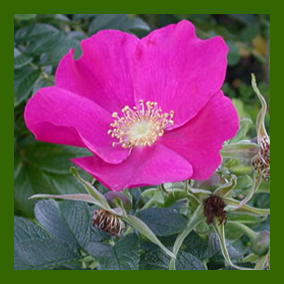
ROSE RUGOSA
This is a beautifully scented rose that is native to Eastern Asia, China, Japan and Korea where it grows on the coast. As it isn’t native to The Key Park, some is being cut back to make way for the Burnet Rose.
OTHER PLANTS OF THE PARK:
Red/White Campion, Common Storksbill, Garlic Mustard, Gorse, Creeping Willow, Soapwort
